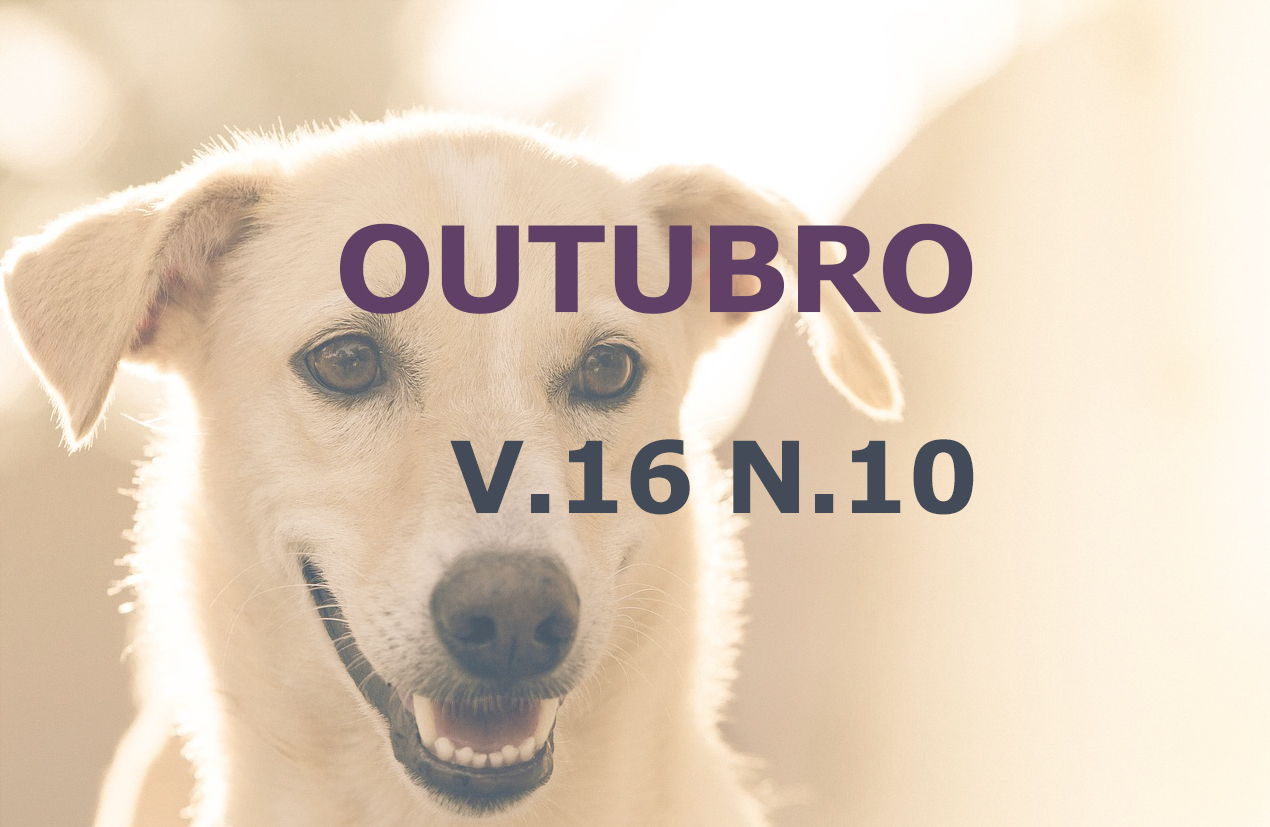Influence of dexmedetomidine administration on propofol requirement for induction of anesthesia
DOI:
https://doi.org/10.31533/pubvet.v16n10a1244.1-7Keywords:
Dexmedetomidine, dogs, morphine, preanesthetic medicationAbstract
Dexmedetomidine is the most recent α2 agonist introduced in the veterinary market and to be an excellent option as pre-anesthetic medication. The objective of this study was to evaluate the cardiorespiratory and sedative effects of dexmedetomidine isolated or associated with morphine and the influence on the requirement of propofol for the induction of anesthesia in dogs. Twenty-eight healthy dogs, without definite race, weighing on average 14,23 kg ± 4,34 were used. They were divided into four groups of MPA, dexmedetomidine 2,5 μg/kg (GI), dexmedetomidine 5 μg/kg (GII), dexmedetomidine 2,5 μg/kg in combination with morphine 0,5 mg/kg (GIII) and dexmedetomidine 5 μg/kg (GIV) associated with 0,5 mg/kg morphine. Heart rate, respiratory rate, oxygen saturation and systolic blood pressure were verified before MPA administration (M-15) and 15 minutes after (M0), besides the degree of sedation through an adapted scale and the requirement of propofol after induction of anesthesia. HR in GII reduced 45,88% and GIV 47,75% when compared to M-15 and M0. The RR in the GII was 13,8% higher in M-15. SBP reduced 7% in GIII and 6,67% in GI and GIV. The total sedation score was eight points higher in the GIII and GIV than in GI. For induction of anesthesia, 4,1 ± 1,5 mg/kg of Propofol was required in GI, 3,2 ± 0,6 mg/kg in GII, 2,8 ± 0,7 mg/kg in GIII and 2,4 ± 0,3 mg/kg in GIV. The association of dexmedetomidine and morphine required a lower requirement of propofol compared to dexmedetomidine used alone.
Downloads
Published
Issue
Section
License
Copyright (c) 2022 Louisa Clara Custodio de Oliveira, Felipe Comassetto, Átila Costa, Vanessa Massumi Kaneko

This work is licensed under a Creative Commons Attribution 4.0 International License.
Você tem o direito de:
Compartilhar — copiar e redistribuir o material em qualquer suporte ou formato
Adaptar — remixar, transformar, e criar a partir do material para qualquer fim, mesmo que comercial.
O licenciante não pode revogar estes direitos desde que você respeite os termos da licença. De acordo com os termos seguintes:
Atribuição
— Você deve dar o crédito apropriado, prover um link para a licença e indicar se mudanças foram feitas. Você deve fazê-lo em qualquer circunstância razoável, mas de nenhuma maneira que sugira que o licenciante apoia você ou o seu uso. Sem restrições adicionais
— Você não pode aplicar termos jurídicos ou medidas de caráter tecnológico que restrinjam legalmente outros de fazerem algo que a licença permita.





